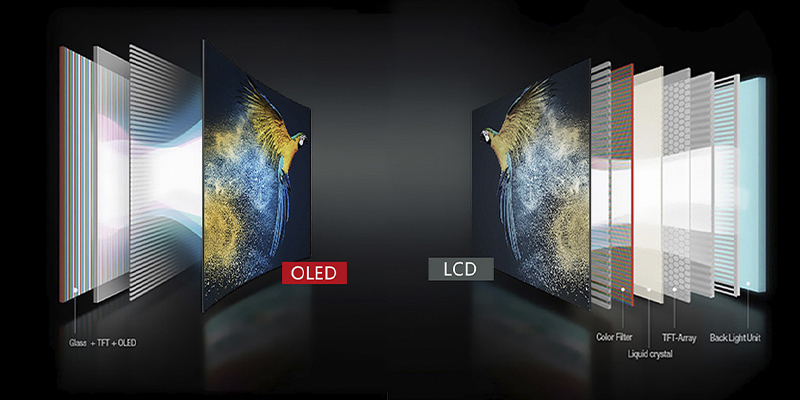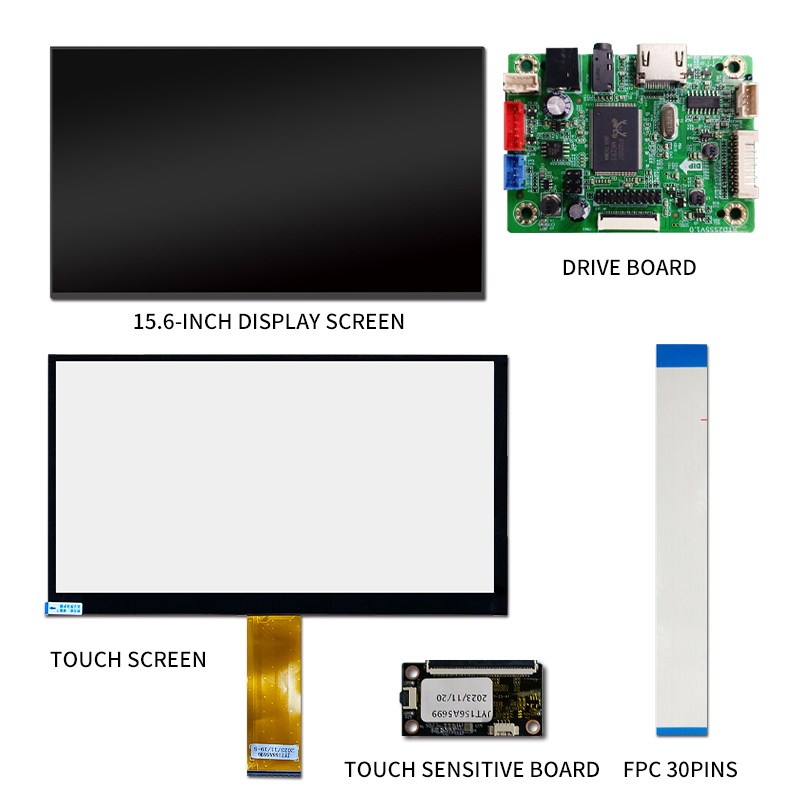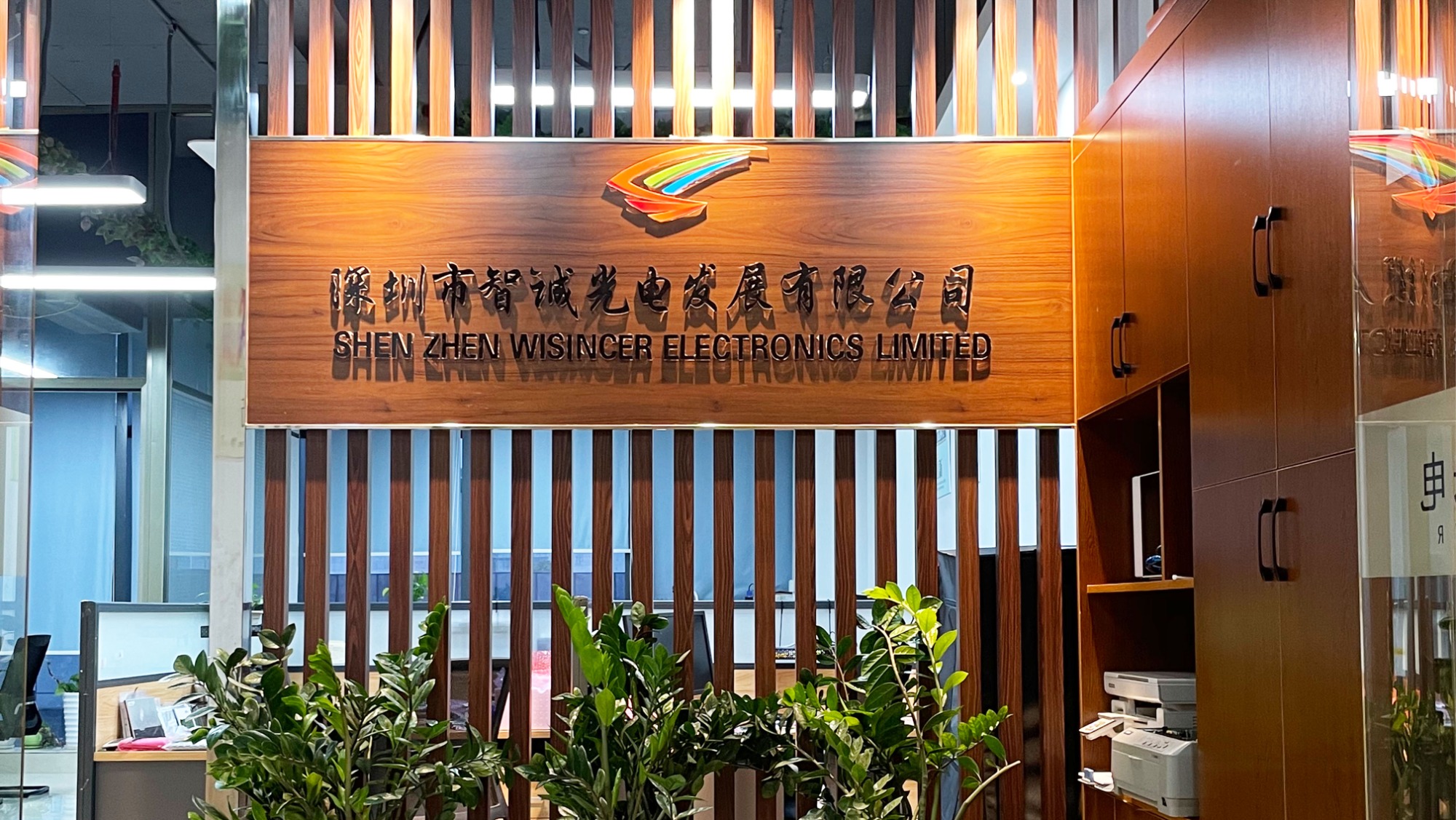The significant price difference of liquid crystal display modules (LCD) is mainly due to their differences in materials, manufacturing processes, technical specifications, and application fields. Next, this article will explore in detail how these factors affect the price of LCD display modules, and attempt to provide consumers with a clear reference framework to understand and choose products that meet their needs.

The material of the LCD display module is one of the important factors determining its price. High end display modules typically use high-quality LCD materials and advanced backlighting technologies, such as LED or OLED backlighting, which can provide higher brightness, better color performance, and longer lifespan. Low end products may use more common materials and technologies, although the cost is reduced, it often means a compromise between display performance and reliability. The manufacturing process also directly affects the price of LCD display modules. Fine manufacturing techniques can ensure the uniformity and stability of the display screen, reducing the occurrence of defects. For example, modules produced in cleanrooms are usually of higher quality and relatively expensive. In contrast, modules that are rapidly mass-produced in ordinary environments may not guarantee the same quality standards despite their low cost.
Technical specifications are another key factor affecting prices. Resolution, response time, perspective range, contrast, and other parameters can all affect the performance of the display module. Display modules with high resolution, fast response, wide viewing angle, and high contrast often come at a higher price due to their superior visual experience. Standard specification products, although having average performance, are already sufficient for some basic applications, so the price will be more affordable.
The requirements for LCD display modules vary in different application fields, which also affects the price. For example, display modules in medical equipment, military equipment, and aviation fields need to meet special environmental and durability requirements, so their prices will be higher than those in ordinary consumer electronics products. On the contrary, display modules used for ordinary household or office supplies are naturally more cost-effective due to their lower technical requirements.
Brand effect is also an undeniable factor. Famous brand LCD display modules are often priced higher due to their brand value and after-sales service. When consumers make purchases, in addition to considering product quality, they may also pay additional fees for the brand's reputation and service.

The price difference of LCD display modules is the result of multiple factors working together. From the selection of materials to the refinement of manufacturing processes, from the level of technical specifications to specific needs in the application field, and then to the addition of brand value, each link can become a variable of price changes. As consumers, when choosing LCD display modules, they should consider the above factors comprehensively based on their actual needs and budget, in order to make the most suitable choice.

Shenzhen Zhicheng Optoelectronic Development Co., Ltd., established in 2008, is a high-tech enterprise specializing in small and medium-sized LCD display solutions. Its business scope covers research and development, design, production, and sales, committed to providing customers with innovative and cost-effective LCD display modules. The company continuously optimizes product performance and cost-effectiveness to ensure that customers can enjoy a unique and advanced display technology experience.
Hot selling products:
lcd liquid crystal display (wincer.cn)
17 Inch LCD Screen 1920*1200 G170J1-LE1 (wincer.cn)
28 inch LCD display module 1920 * 360 LVDS 600 brightness 51PIN AUO original display screen Display screen (wincer.cn)



